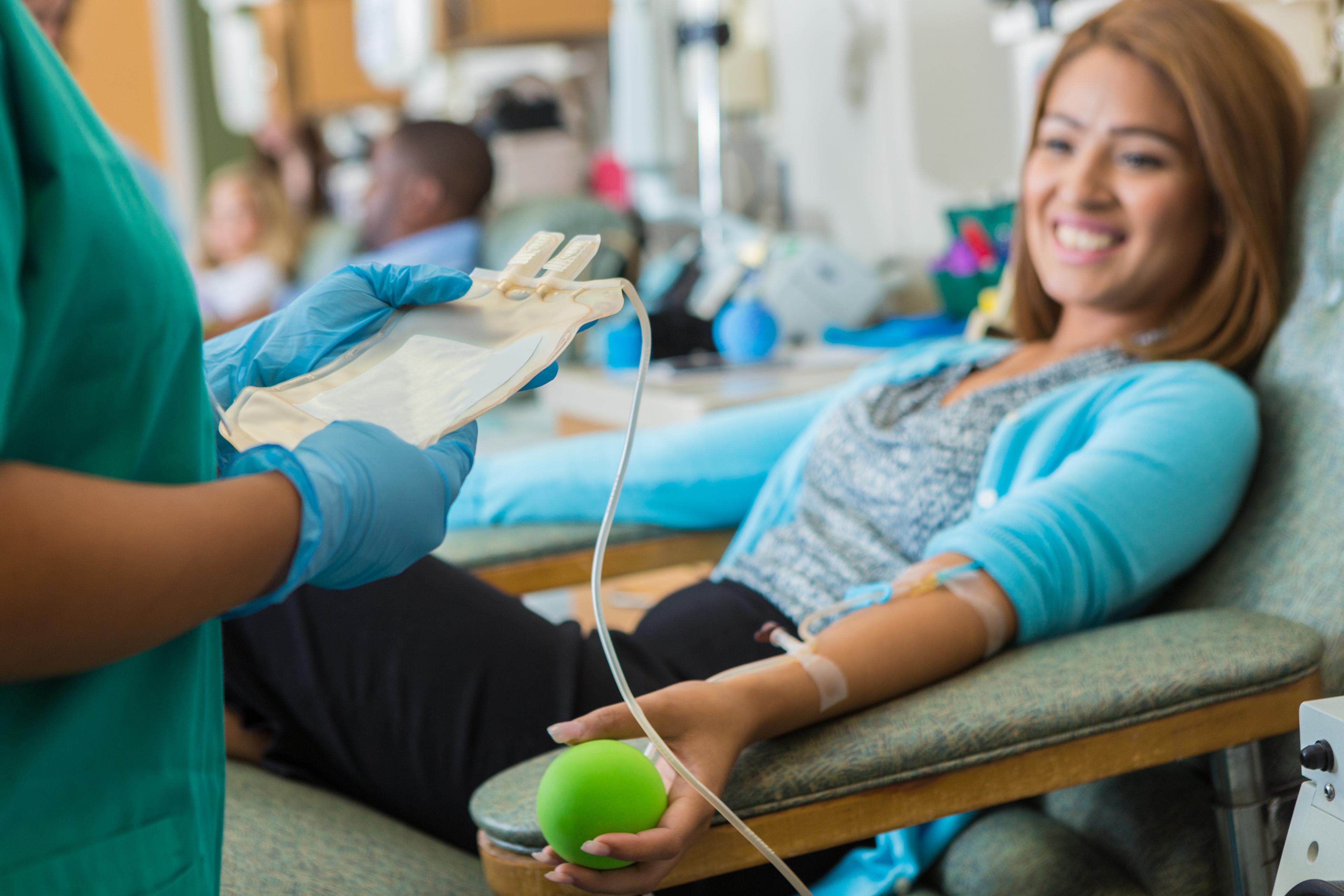
As communities around Michigan begin to resume sporting events, the CDC has released guidelines on ways in which people attending the games can slow the spread of COVID-19. Before deciding to attend a game, there are things you should consider, like the number of COVID-19 cases in your community as well the area the game is taking place. The higher the transmission of COVID-19 in the communities, the higher the risk of transmission at sporting events. If you are planning to attend a game in the near future, read below to learn about things you should consider evaluating to stay safe and keep others safe as well. Please note that these guidelines from the CDC are not meant to replace any state or local health and safety laws.
ASSESSING THE LEVEL OF RISK
While the CDC has not recommended a specific limit on the number of people who are safe to attend the game, people who plan to attend should contact the venue to learn about any safety precautions it has in place, such as seating arrangements. Sporting events that take place indoors pose a greater risk than outdoor events. The CDC divides traditional sporting events into the following levels of risk:
- Lowest risk: This includes watching the game on television or online in your home with members of your household.
- More risk: Tailgating or attending a sporting event in your community when
- The event, including tailgating, is held outdoors
- All attendees wear masks
- Attendees are discouraged from yelling, chanting or singing
- All attendees stay at least six feet away from people they do not live with
- Attendees at a community sporting event are from the local area and limited to family and friends of athletes
- Attendees do not share food, drinks or personal items with people they don’t live with
- The sports program has several mitigation strategies, such as blocked off seats or rows, visual cues for social distancing, cleaning and disinfection and messaging in place to prevent or reduce the spread of COVID-19
- Even more risk: Tailgating or attending a sporting event in the nearby community when
- The event is held in an open, well-ventilated indoor space
- Most attendees wear masks
- Attendees yell, chant, and sing while wearing masks
- Most attendees stay at least six feet way from people they do not live with
- Attendees are from the local community
- Attendees limit their sharing of food and personal items with others
- The sports program has a couple of mitigation strategies and messaging in place to prevent or reduce the spread of COVID-19
- Highest risk: Traveling to a different geographic area to attend a sporting event or tailgate when
- The event is held in a confined, poorly ventilated indoor space
- Attendees do not wear masks
- Attendees yell, chant, and sing without masks
- Attendees do not stay at least six feet away from people they do not live with
- Attendees travel from outside the area to attend the event
- Attendees freely share their food and personal items with people they don’t live with
- The sports program has no modifications or messaging in place to prevent or reduce the spread of COVID-19
BEFORE THE EVENT
If you have any symptoms of COVID-19, such as fever, cough and shortness of breath, or if you are awaiting the results of a COVID-19 test, stay home. If you are at an increased risk for severe illness or have a preexisting medical condition, consider ways to support that do not require attendance at large gatherings. While it is possible to attend indoor sporting events, you should prioritize attending outdoor events as much as possible. Regardless if the event is indoors, be sure to bring supplies to help you and others stay safe, such as masks or hand sanitizer with at least 60% alcohol.
AT THE EVENT
- Wear masks: Wearing masks is most important when social distancing is difficult, such as when moving within a crowd or in public bathrooms.
- Social distance and limit physical contact: Maintain a distance of at least six feet or more from people who do not live in your household. Be particularly mindful in areas where it may be harder to keep this distance, such as ticketing and entrance areas.
- Limit indoor activities: Indoor activities increase the risk of the spread of COVID-19.
- Wash your hands and limit contact with frequently touched surfaces: Wash your hands for at least 20 seconds with soap and water or use hand sanitizer with at least 60% alcohol before and after entering the facility and immediately after touching common surfaces, such as handrails.
- Safely eat and drink: There is no evidence that COVID-19 is spread by food. However, close contact with others, such as gatherings around food service areas, poses a risk.
Now that sporting events are opening back up to in-person attendance, it can be tempting to go as soon as you can. Make sure to follow these guidelines to keep you and your community safe. Related:
- The Difference Between COVID-19 and the Flu
- Blue Cross-Backed Collaborative Driving Better Treatment for COVID-19 Patients
- Increase in Cyberbullying During COVID-19
Photo credit: Kseniia Soloveva





